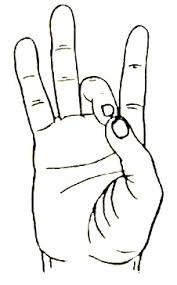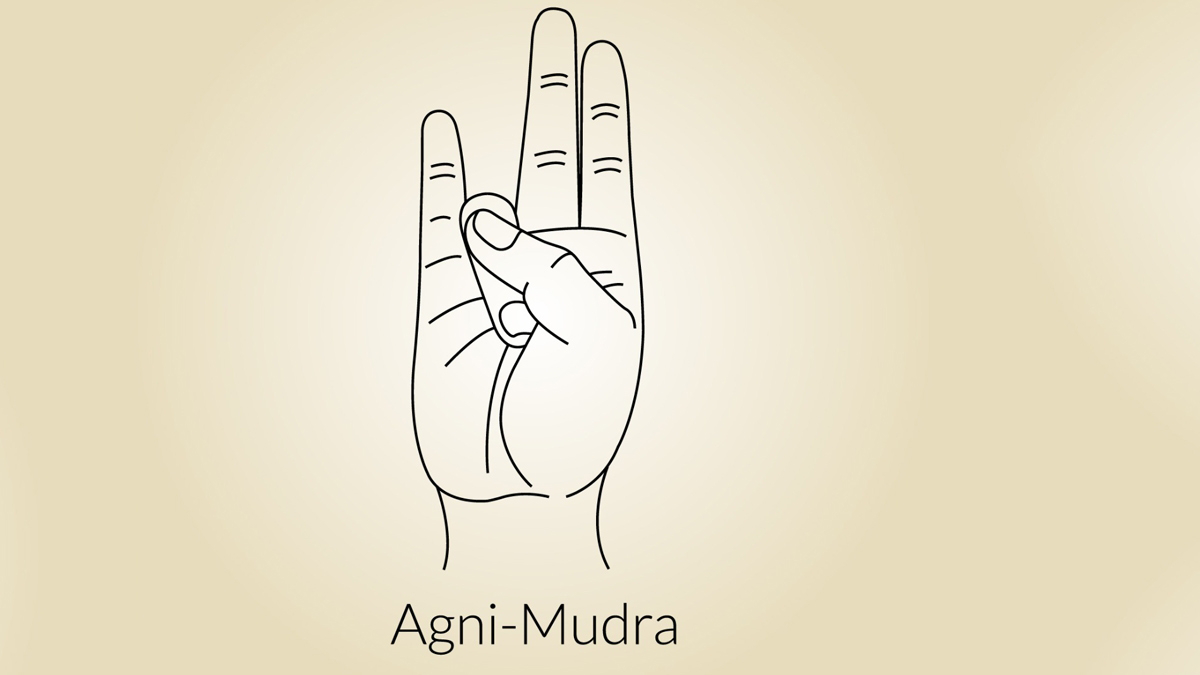Unlocking the Power Within: Prithvi Mudra and Yoga

In the world of yoga and meditation, mudras hold a special place. These symbolic hand gestures are believed to channel energy and promote physical, mental, and spiritual well-being. One such mudra is the Prithvi Mudra, which is associated with the Earth element. By practicing Prithvi Mudra along with specific yoga asanas, you can tap into its grounding and nourishing energy. Let's explore this mudra and some complementary yoga poses. Prithvi Mudra: The Earth Mudra Instagram . Facebook . LinkedIn . Pinterest Prithvi Mudra, also known as the Earth Mudra, is a simple yet powerful hand gesture that balances the Earth element within your body. To perform this mudra: 1. Sit in a comfortable meditative posture, such as Padmasana (Lotus Pose) or Sukhasana (Easy Pose). 2. Keep your back straight and your hands resting on your thighs . 3. Touch the tip of your ring finger to the tip of your thumb while keeping the other three fingers ...












